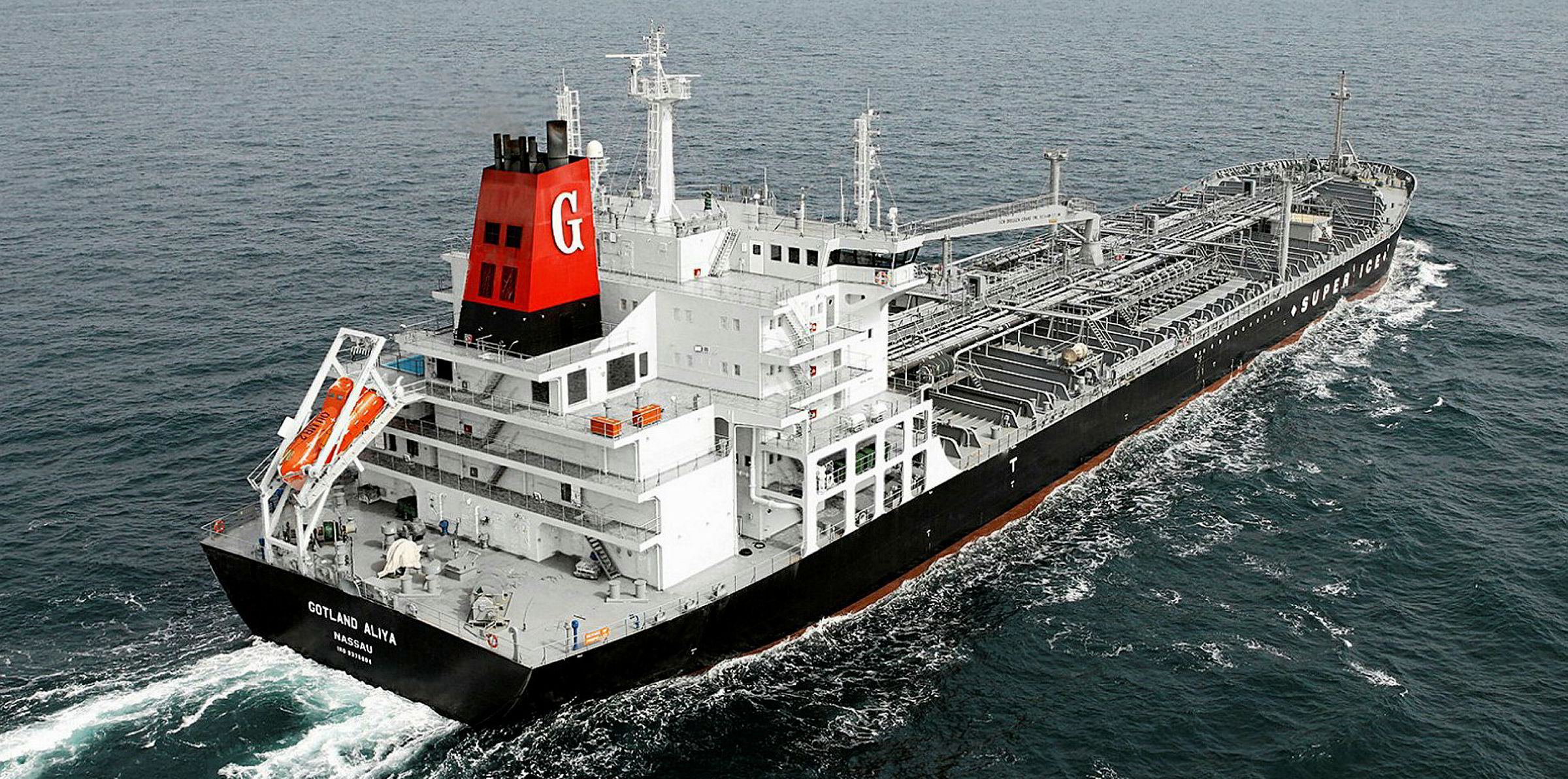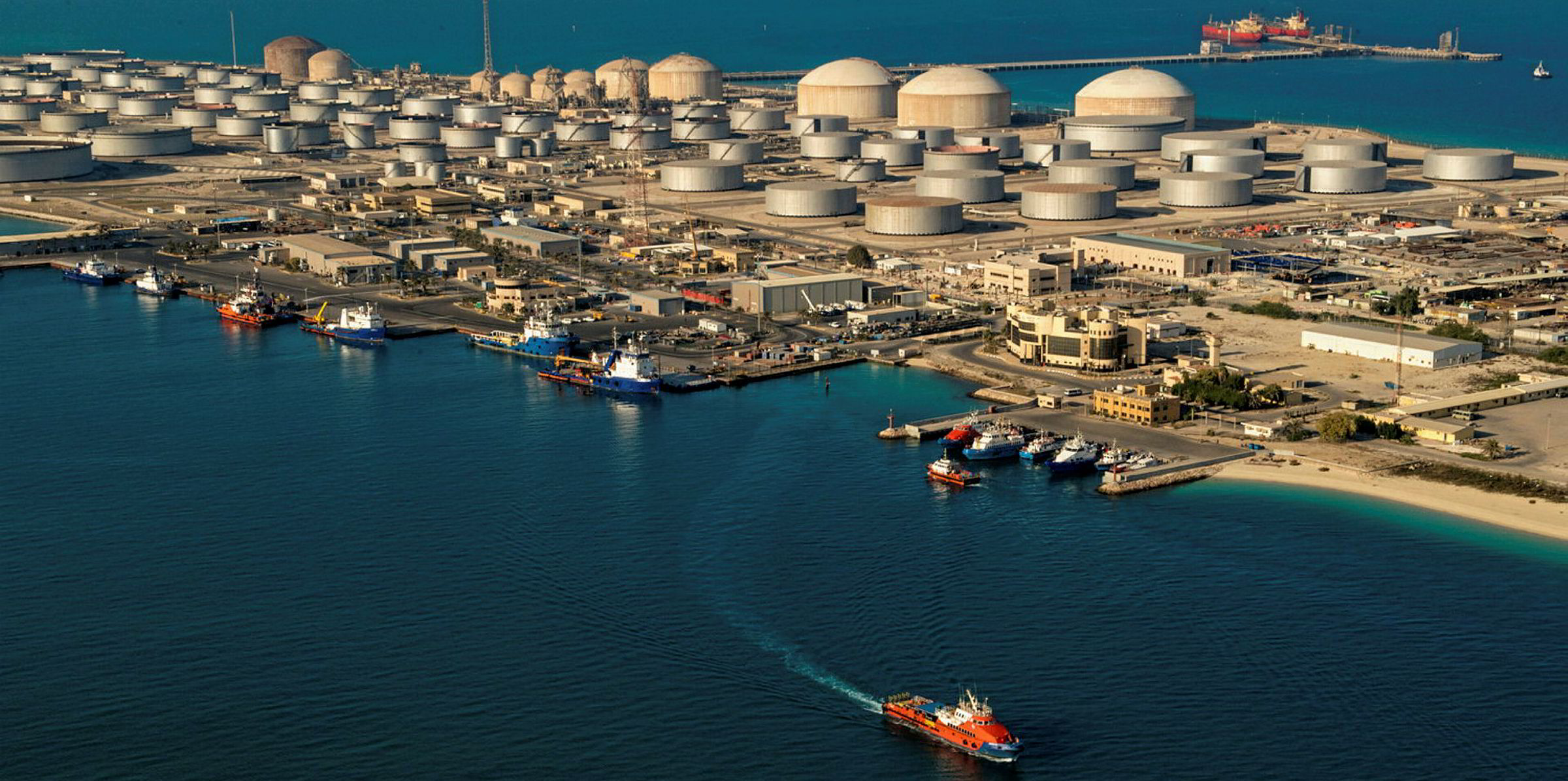MR product tanker rates are surging in the US with busy fixing activity on the West Coast and in the Gulf region.
Shipowners who position their vessels for the two markets can enjoy spikes in earnings, with refiners in the US pushing out some cargoes amid a collapse in domestic oil demand, according to market sources.
Argus Media said the lump-sum rate for a MR shipment from the West Coast to Chile rose to $1.4m on Wednesday, up 8% over the past week and the highest since 6 February.
The MR rate for shipping from the West Coast to Rosarito, Mexico, rose 14% to $600,000 on a lump-sum basis, the highest since 3 February, according to Argus’ assessments.
Busy week on West Coast
The rate surges came as preliminary data from Kpler showed exports of clean petroleum products from the West Coast would amount to 361,000 barrels per day (bpd) this week, which is the highest in more than three years.
A total of nine vessels — including eight MRs — are set to lift from terminals owned by BP, ConocoPhillips, Phillips 66 and other locations, according to Kpler.
Argus noted most of the “discounted” cargoes are destined for the western side of Latin America and the rest would end up in Asia.
Such high exports from the West Coast, a region that normally imports oil products, are believed to be related to weak domestic consumption amid the lockdown measures in California, Oregon and Washington.
Weak US demand
Also, Baltic Exchange data showed the time charter equivalent rate of MRs on the US Gulf-northwest Europe route rose 28.6% over the past week to $11,318 per day on Wednesday, a three-week high.
The strength was related to “tighter ship availability and more naphtha cargoes available”, Clarksons Platou Securities said.
Refineries in the US have been struggling with brimming fuel tanks, with their processing rates falling at a slower pace than demand during the coronavirus pandemic.
In the four weeks to 4 April, US consumption of oil products plummeted to a record low of 14.4m bpd from 21.9m bpd, the Energy Information Administration said.
In the same timespan, US refinery throughput fell to 14.2m bpd from 16.2m bpd.
The International Energy Agency has forecast US demand for oil products in the second quarter will be 6.4m bpd lower than the level seen in the same period last year.
“We assume that confinement and social distancing will cut gasoline demand in the US by 45% in April and 40% in May,” the OECD energy watchdog said.
“Jet/kerosene will be the most impacted fuel … The drop in consumption will deepen to 60% in April and stay around 50% below normal levels until the end of June.”






